
A Landscape that Requires Disturbance
A Landscape that Requires Disturbance
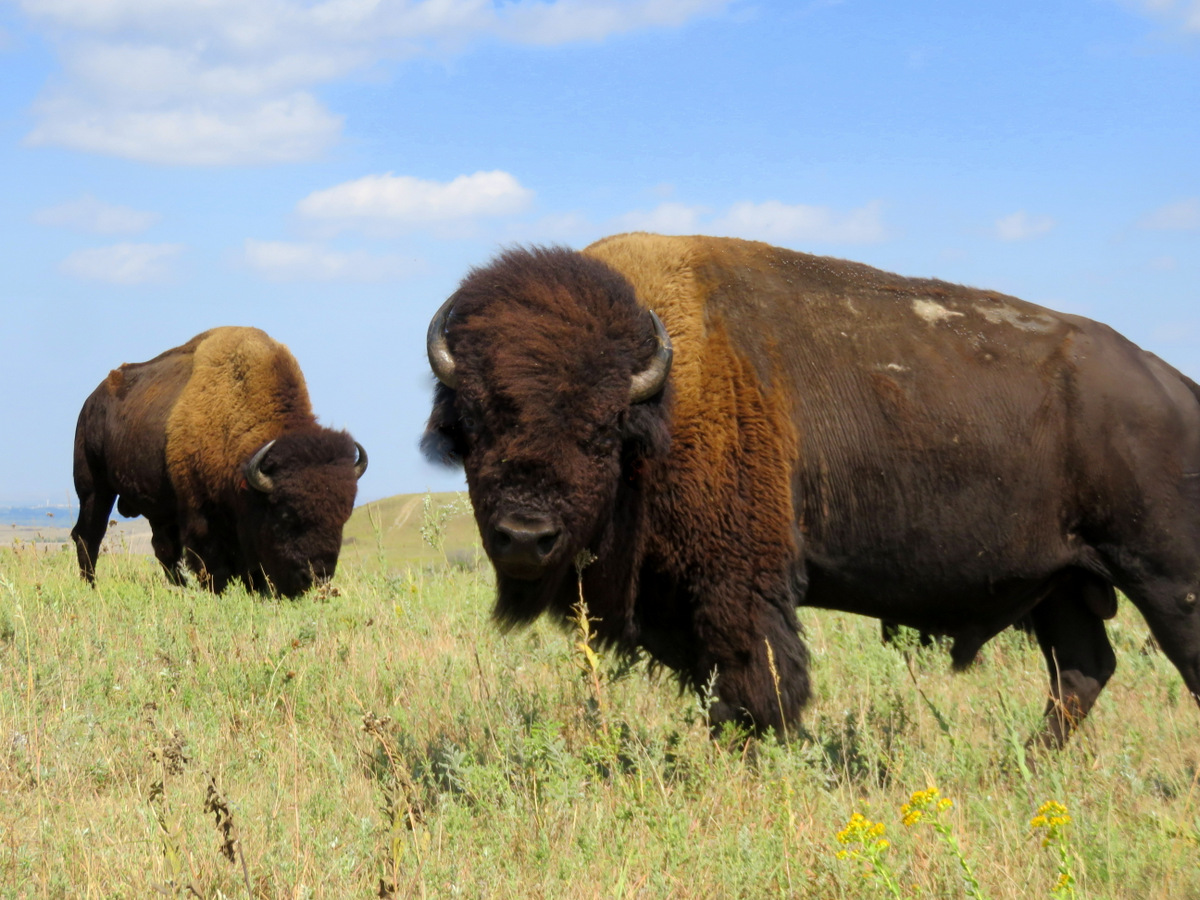
Credit: Jill Haukos
Konza Prairie Biological Station features a replicated watershed-scale experiment with contrasting fire frequency and grazing treatments. Fire frequency affects plant composition and ecosystem state (i.e. whether an ecosystem is grassland, shrubland, or woodland). Fire also affects nutritional quality and quantity of vegetation, which influences foraging decisions by large herbivores at multiple scales. Herbivore choices cascade to impact grassland biodiversity via changes in dominance, a mechanism which KNZ LTER researchers found to be consistent with grasslands worldwide.
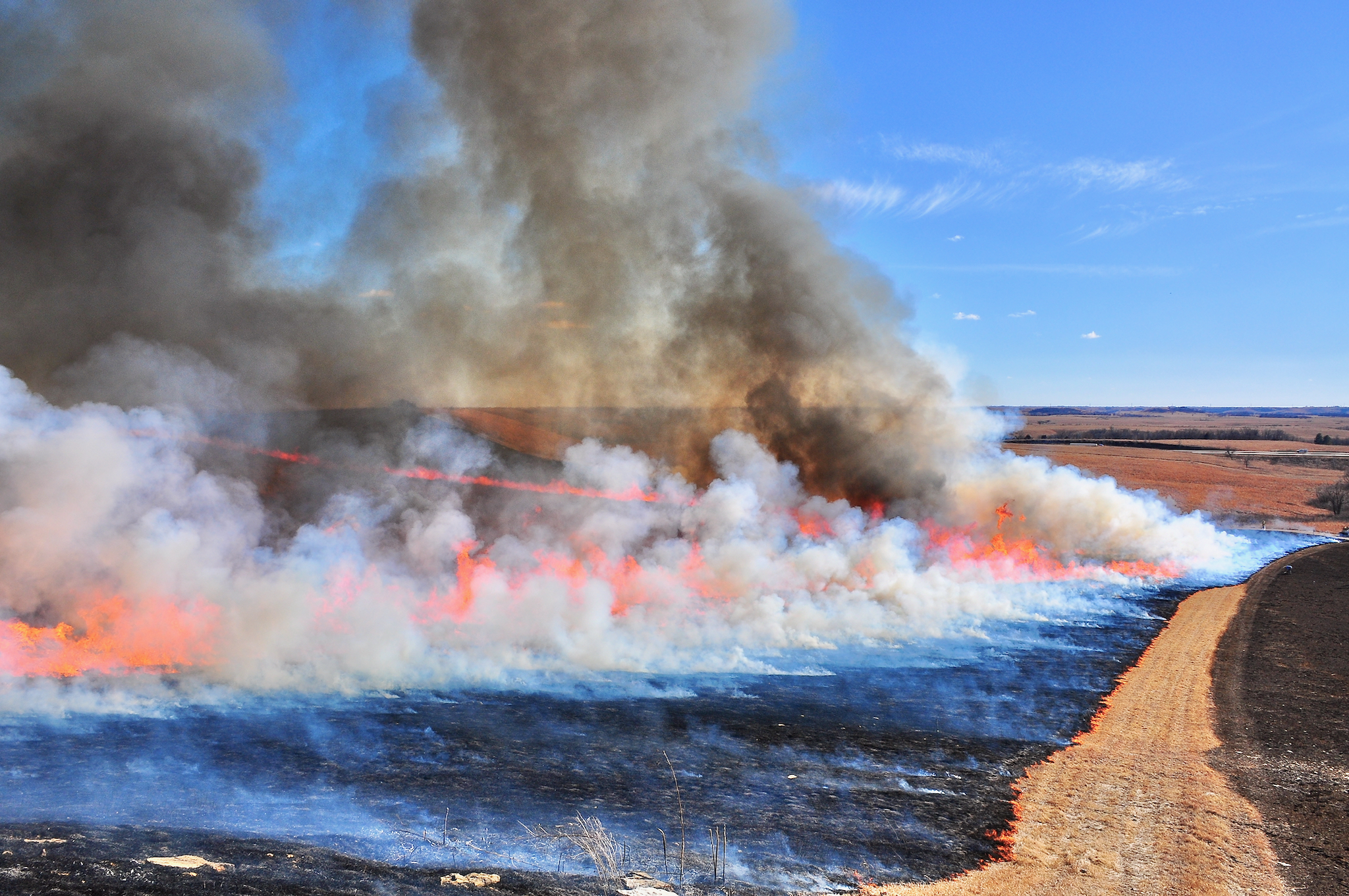
Credit: Barb Van Slyke
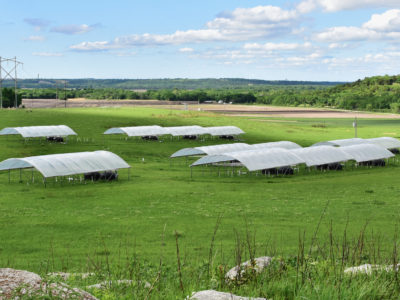
Variable Resistance, High Resilience of Tallgrass Prairie to Climate Change
Variable Resistance, High Resilience of Tallgrass Prairie to Climate Change
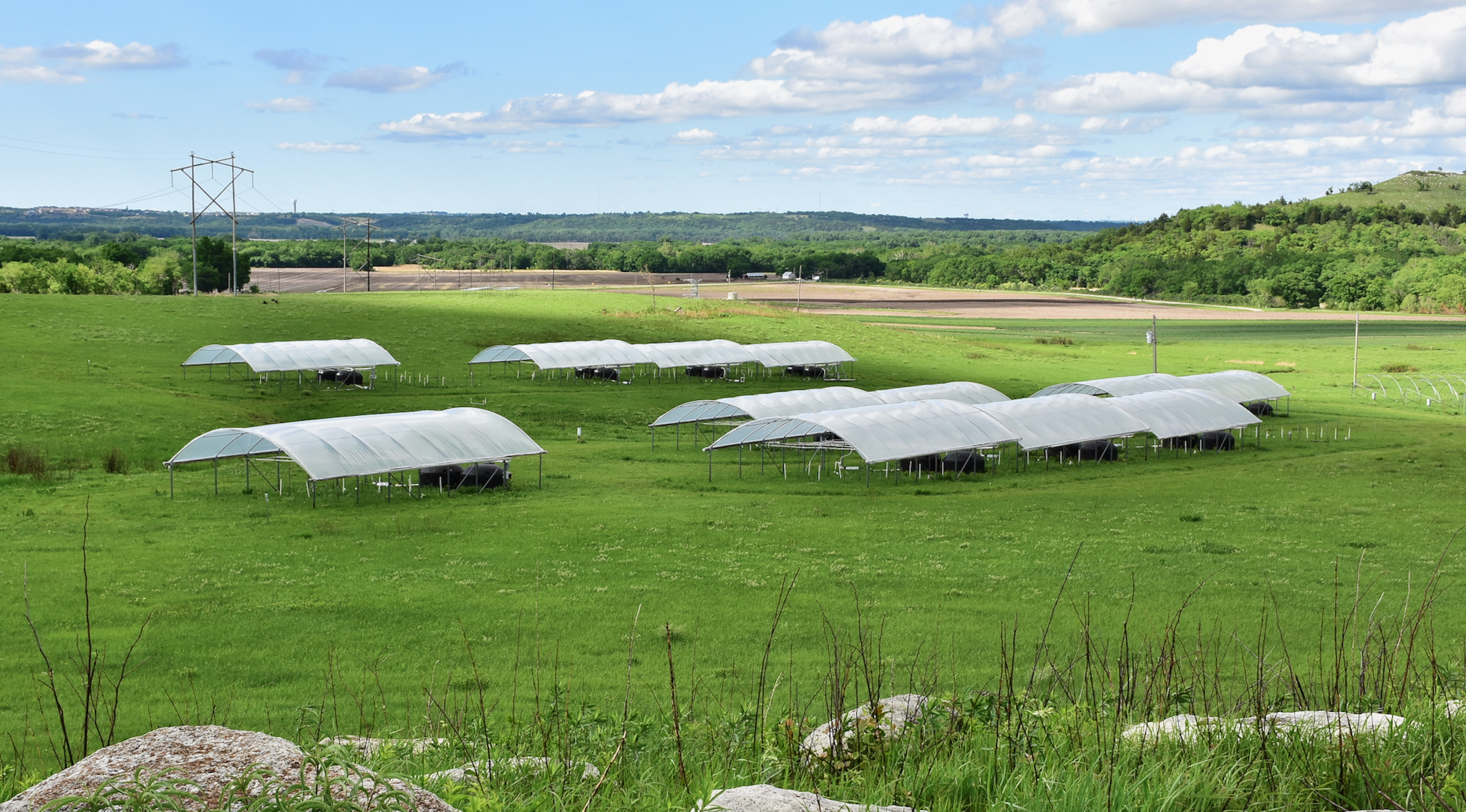
Credit: Barb Van Slyke
Climate change forecasts for mesic grasslands include increased climate variability and extremes. Experimental climate manipulations at Konza Prairie reveal a spectrum of responses to climate change, ranging from a lack of resistance to extreme drought, to great resilience to increased precipitation and heat wave variability. Although community composition changes with climate extremes, tallgrass prairie resilience is promoted by compensatory responses by dominant plant species.

Non-Equilibrium Dynamics are Nearly Ubiquitous and Spatially Complex
Non-Equilibrium Dynamics are Nearly Ubiquitous and Spatially Complex
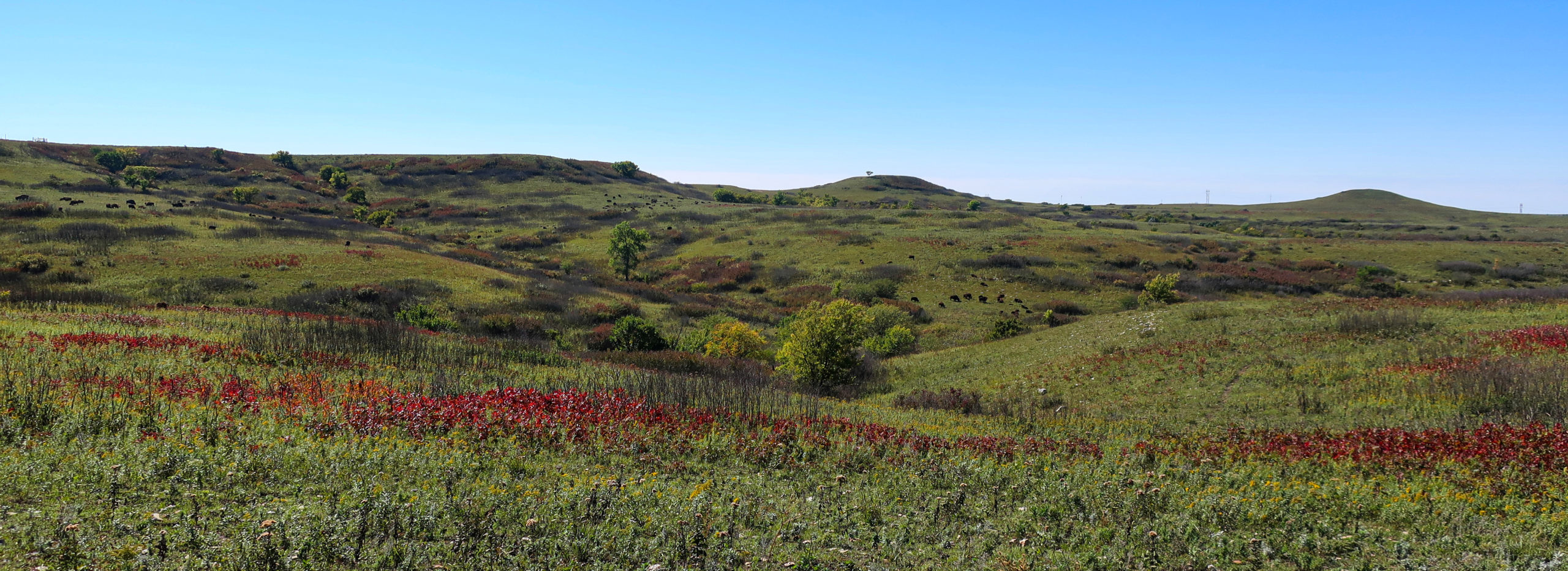
Credit: Jill Haukos
Experiments at KNZ LTER have identified significant time lags between treatment initiation and sustained community effects. At a minimum, these times lags are 3-6 years for water and nutrient manipulations, but can be decades according to fire suppression and woody plant expansion studies. Decreases in plant diversity evident in the first few years after water and nutrient enrichment did not necessarily persist long term due to stochastic influences on community assembly. In streams, communities reassembled and ecosystem processes recovered over weeks to months following flood or drought. These observations represent a paradigm shift in understanding grassland assembly and spatial and temporal responses to changing external drivers.










